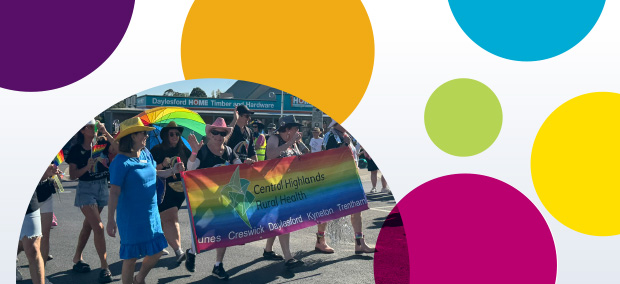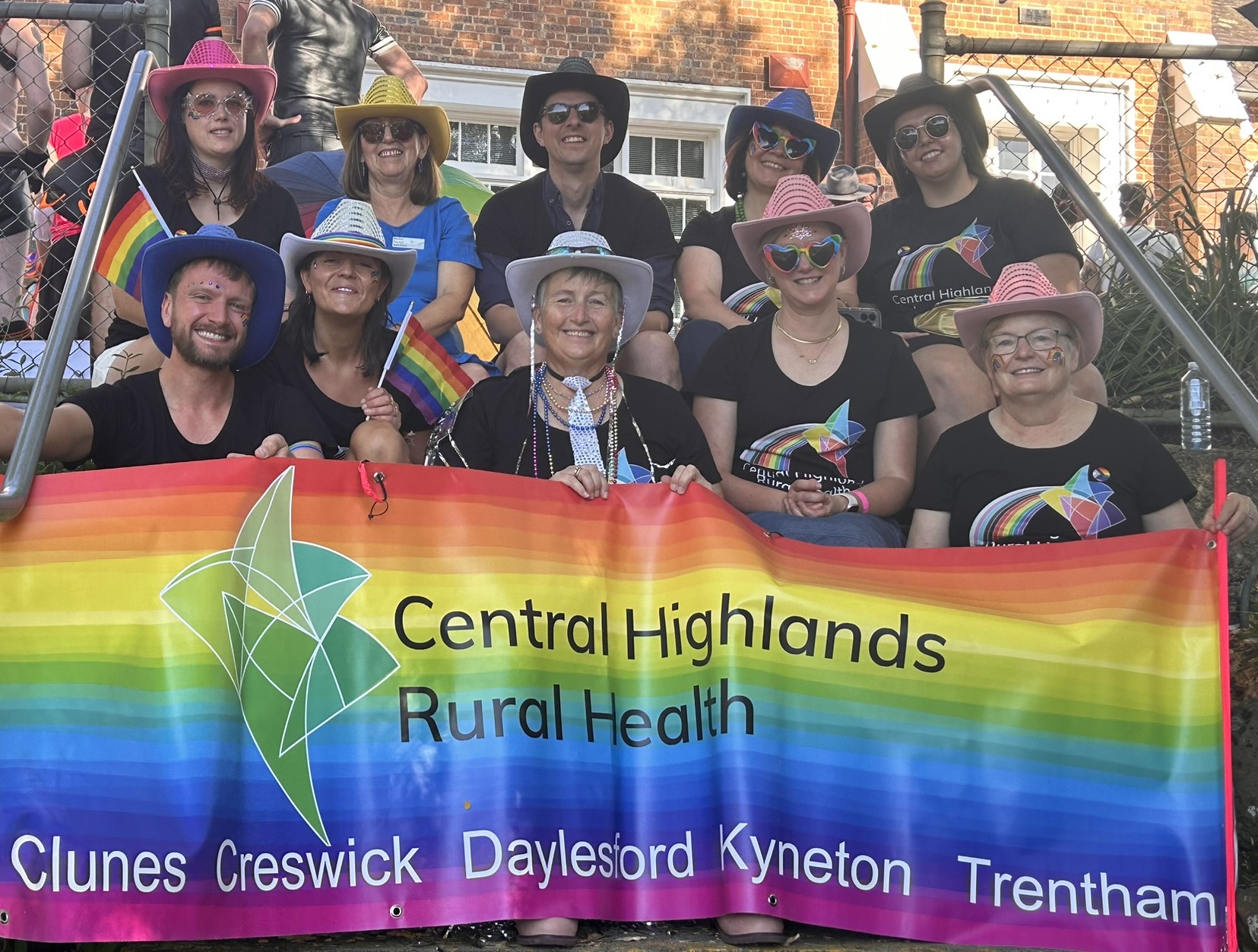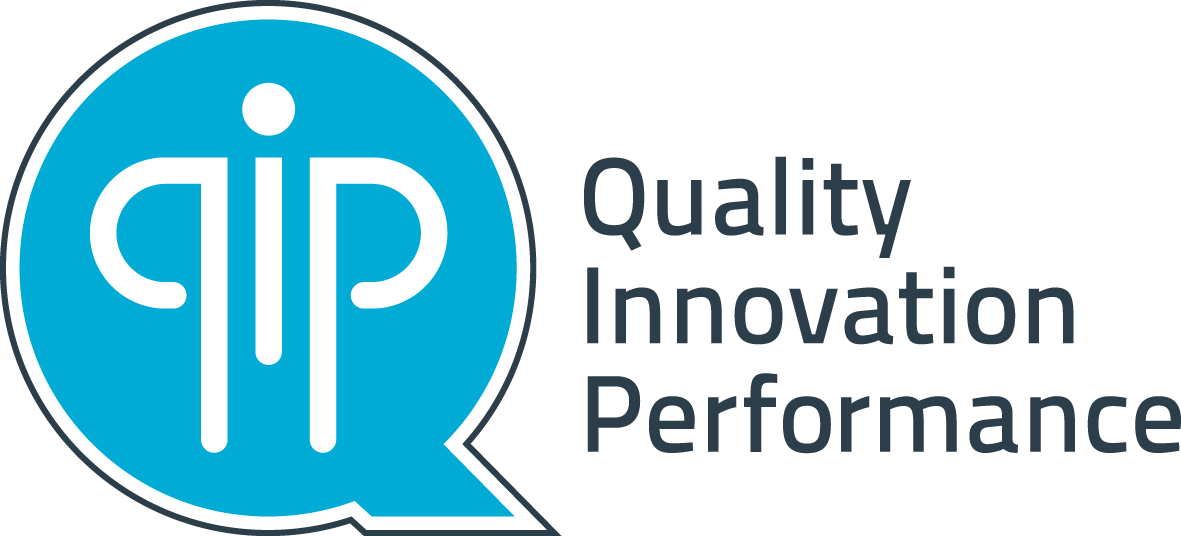Organisations in Focus
Celebrating a Decade of Inclusivity: A Reflection on Rainbow Tick Accreditation

As we celebrate the 10-year anniversary of the Rainbow Tick standards, we take a moment to reflect on the profound impact of lesbian, gay, bisexual, trans and gender diverse, queer, intersex, asexual and other diverse identities (LGBTIQ) inclusivity in healthcare.
Rainbow Tick accreditation, a program pioneered by Rainbow Health Australia, stands as a world-first quality framework designed to ensure safe and inclusive workplaces and services for the LGBTIQ community. Since its inception in 2013, Rainbow Tick accreditation has become synonymous with organisations’ commitment to LGBTIQ inclusive practice and service delivery, with Quality Innovation Performance Limited (QIP) serving as an independent accreditation provider for the program.
Rainbow Tick consists of six standards which organisations can be independently assessed and formally accredited against to demonstrate their commitment to LGBTIQ inclusive practice and service delivery:
- Organisational capability
- Workforce development
- Consumer participation
- A welcoming and accessible organisation
- Disclosure and documentation, and
- Culturally safe and acceptable services.
The Rainbow Tick Accreditation Program is a voluntary program and aims to assist organisations to move from friendly to inclusive. This framework aims to reassure LGBTIQ consumers and staff that an organisation is aware of, responsive to, and understanding of their needs, while providing a safe and inclusive environment.
Joining us in this celebration is Phil Catterson, the Executive Director of Community Operations and Deputy Chief Executive Officer at Central Highlands Rural Health. For Central Highlands Rural Health, achieving organisational-wide accreditation in 2022 wasn’t just about earning a badge – it was about expressing their commitment to quality healthcare and inclusivity.
Phil shares how this accreditation aligns with their core values of respect, kindness, integrity, and commitment to learning, serving as a beacon of trust within their diverse community. Join us as we explore the transformative journey, the lessons learned, and the lasting impact of Rainbow Tick accreditation on organisations and the communities they serve. Through Phil’s insights, we gain a firsthand understanding of the strides taken towards creating a more inclusive and equitable healthcare environment.

What does Rainbow Tick accreditation mean to your organisation, your staff and the people you service? How does it align with your mission and values?
Achieving organisational-wide Rainbow Tick accreditation in 2022 was a significant milestone for our rural health service. Prior to this, Rainbow Tick accreditation has been in place since 2016 for four of our five campuses. It serves as a beacon of progress, embodying our dedication to quality healthcare and fostering a sense of trust and belonging within our diverse community.
This accreditation aligns closely with our core values of respect, kindness, integrity and commitment to learning. It signifies our commitment to providing a safe and inclusive environment for all patients, clients, visitors, and staff regardless of sexual orientation, gender identity, or intersex variation. It reflects our vision to deliver the best care for every person, every time, through treating every individual with dignity and compassion, ensuring they receive equitable and culturally competent care.
Furthermore, attaining this accreditation demonstrates our willingness to engage in continuous learning and reflection, to improve our ability as a health service to meet the evolving needs of our diverse community.
Why do you feel it is important for your organisation to be Rainbow Tick accredited?
Rainbow Tick accreditation is vital for a health service as it ensures equitable, affirming, and culturally competent care. It signifies a commitment to understanding and meeting the unique healthcare needs of LGBTIQA+ individuals, promoting inclusivity and well-being.
For us, we have one of the most vibrant LGBTIQA+ communities in the state, if not the country, so it’s crucial we take steps to foster trust and confidence among community members, encouraging them to seek healthcare in a safe environment and without fear of discrimination.
What differences has your organisation noticed between each of the accreditation cycles?
Maintaining Rainbow Tick accreditation means that LGBTIQA+ matters remain an important part of our organisation’s annual quality plans and ongoing risk management systems.
Essentially, it propels us along our journey. This is such an evolving space and during the accreditation cycles, there is always new information and approaches to providing culturally safe care to consider at every stage.
Were there notable changes in your approach from the initial preparation in 2015 to your most recent quality improvement journey?
Initially, we had a dedicated resource to manage the project, review existing policies and procedures and to develop internal resources to kick-start our journey. This level of setup was a full-time role and required a dedicated position for six months. Since then, we have put in place an LGBTIQA+ Community Advisory Committee and a Diversity, Inclusion and Belonging Committee. These committees, alongside our quality team, ensure that we consider quality improvement in this space as business as usual.
What are the most significant improvements you have seen for your organisation and the community because of the Rainbow Tick accreditation process? Can you share any success stories or prominent achievements that have resulted thus far?
- LGBTIQA+ Community Advisory Group
- We established a community advisory group to get feedback that will ensure we can continually identify gaps and improve our services to provide safe, affirming, and inclusive environments for all genders and sexualities.
- Communications
- We have updated all internal and external communications, such as forms, brochures, newsletters, and email signatures, with inclusive language and the progress pride flag image.
- Learning and Development
- Over 80% of staff have completed learning and development modules relating to LGBTIQA+ inclusivity. As a result, staff knowledge and awareness of the community challenges and barriers to health care has increased (for example, not gendering consumers, staff are now more comfortable and trained to handle these conversations), which has led to complaints in this area dropping to zero.
Were there any unexpected lessons learnt or insights gleaned throughout the process?
Throughout the accreditation, there was one key learning in particular – not everyone has the same view on the LGBTIQA+ community and are not all starting from the same place. Our staff, like the community, all have their own ideas and positions on the LGBTIQA+ community. A key learning for us was the importance of staff education, enabling safe spaces for staff conversations and clear communication on why our organisation is doing this.
For us, achieving Rainbow Tick Accreditation was about taking a patient-centred view to provide better healthcare outcomes. This approach closely aligns with our vision to provide the best care for every person, every time. We weren’t undergoing the accreditation to advocate for the LGBTIQA+ community or to get a new logo to put on our marketing material, we wanted to better understand the community we serve to ensure our service delivery meets their requirements.
On another note, we learnt that even the small things can make a big difference. Something as simple as having the Rainbow Tick added to our signage and external communications can make a big difference. It not only boosts the confidence of consumers in accessing our health services but also fosters a sense of reassurance among our staff members.
Can you describe any challenges or obstacles your organisation has faced throughout the accreditation journey, and how you have addressed them with QIP’s assistance?
The accreditation process is always going to include some challenges, but QIP has been a fantastic partner for us in our journey and was always responsive and informative when we requested information and guidance. We greatly benefited from working with the assessors, who were great to work with and clearly invested in providing quality health outcomes for our community.
Which of the quality improvement activities that your organisation implemented because of Rainbow Tick accreditation do you believe has had the largest impact, for both your staff and your community?
As a result of the Rainbow Tick standards, one of the quality improvement activities that we have implemented is updating some of our physical spaces to be more inclusive. Across our five campuses, all of our toilets are now gender-neutral. Each year we participate in the annual ChillOut festival held in Daylesford (the largest regional festival in Australia for the LGBTIQA+ community). Our staff, board members and even some of our residential aged care residents march in the parade to signify our allyship with the community and to promote us as an inclusive health service that knows and understands them.
Throughout the year we also support significant LGBTIQA+ dates, such as Wear it Purple Day and IDAHOBIT. For example, last year, we held events at each of our sites on IDAHOBIT day to celebrate the LGBTIQA+ community and take a stand against discrimination. We encouraged staff to wear rainbow colours, made rainbow-coloured food available, and our local state MP provided us with a personalised video clip to recognise the importance of the work we do to provide inclusive and safe services. Residents in our residential aged care facilities also participated in these events. We shared photos from our events on our social media pages to demonstrate our support to the wider community.
How has Rainbow Tick accreditation directly enhanced the quality of care and services provided to your consumers? Can you share any specific measures or data that reflect these improvements?
- Care Opinion and VHIMS
- We have not received any complaints regarding LGBTIQA+ needs and service delivery for the past three years. The last complaint was in 2021.
- Victorian Healthcare Experience Survey (VHES)
- In the acute setting, 99% of respondents reported that they did not experience unfair treatment based on their gender identification and sexual orientation. (The remaining 1% answered ‘Something else’ or ‘I don’t know’.)
- In the community setting, 99% of respondents reported that they did not experience unfair treatment based on their gender identification and sexual orientation.
- Residential Aged Care Resident Survey
- 87% of residential aged care (RAC) residents agree that we value their identity, culture, and diversity.
- 89% of RAC residents agree “I can maintain my spiritual, cultural and gender identity.”
Do you have any hints or tips to pass on to other community organisations to assist them in running a safe, inclusive service for LGBTIQA+ consumers? Is there any advice or insights you would like to share regarding how they can better support the LGBTIQA+ community?
Ensure that LGBTIQA+ community members and/or staff leaders are meaningfully involved in any Pride-related activities, including providing them with support, resources, and a Champion from the organisation.
Establishing a functional LGBTIQA+ Community Advisory Group is essential to stay up-to-date with the changing needs and attitudes of the community. Our group meets four times a year where we encourage feedback, which has been an invaluable source of information for us.
It’s also vital to incorporate an internal communications plan to take staff on the journey and explain why it’s important from a healthcare perspective.
Anything else you would like to add, including any special events or programs you would like to share?
Recently, we had the privilege of taking part in the annual Daylesford ChillOut Festival. This event means so much to so many in our community so it’s one that’s certainly highlighted on the calendar. Like previous years, we marched in the parade and got to see and hear the support of our wonderful community up close which is always special.
We also had a stall where patrons could visit to access information about our health service and, more importantly, speak to us about what it means to be an inclusive health service for the LGBTIQA+ community and received some valuable feedback.
Support and Resources
The Rainbow Tick Standards serve as a beacon of commitment to ensuring safe and inclusive workplaces and services for the LGBTIQ community, empowering organisations to create environments where every individual feels respected and valued.
Undertaking accreditation for the first time can seem challenging, but comprehensive support is available. To find out more information on accreditation to the Rainbow Tick Standards, view our standards page or contact our team.


